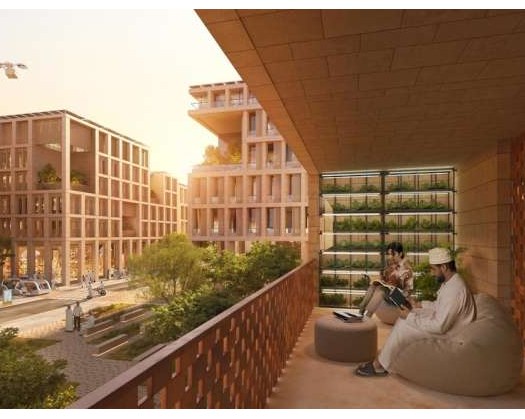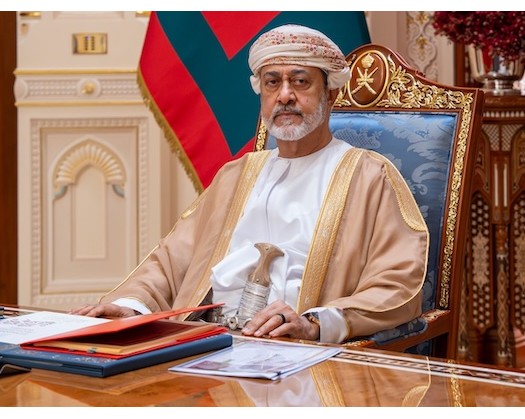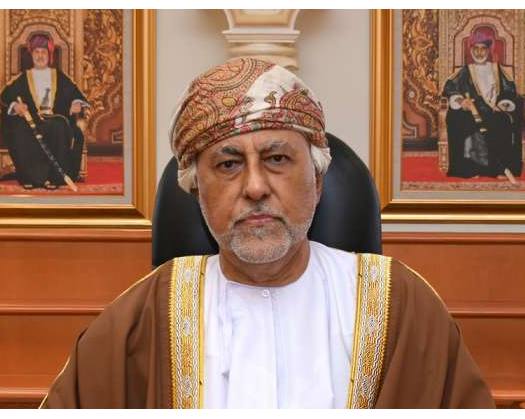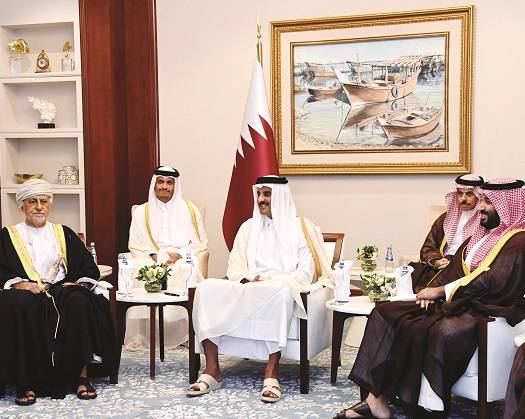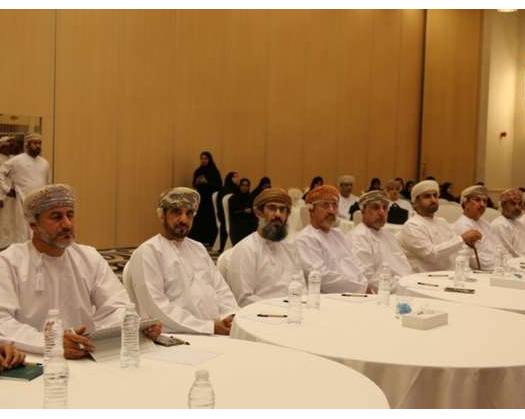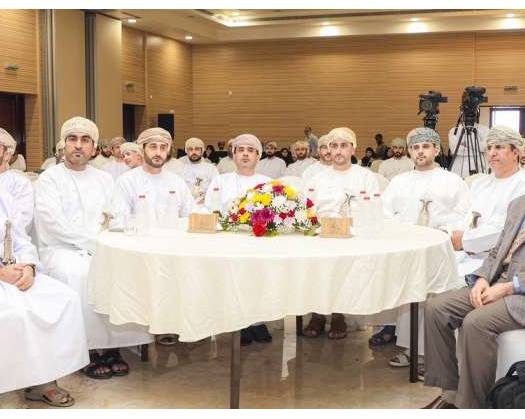Muscat: Oman is working to build smart communities that meet current requirements while also preserving links between the past and present, reflecting national identity and values as part of urban transformation.
The vision for the building sector focuses on improving harmony between heritage and modernity via creative and unique methods. This is evident in integrated efforts to promote urban sustainability and human-centered development. Smart cities are formed through policies that redefine the relationship between people and place, improve infrastructure, enhance quality of life, and promote economic development.
Projects aligned with Oman Vision 2040 clearly highlight national identity and its requirements. Sultan Haitham City, a smart city that strikes a balance between modernism and cultural character while serving as a paradigm for future urban development and a viable investment destination, is a good example.
In this regard, Hassan bin Ali Al Shukri, an architect at the Executive Office for Smart City Projects in the Ministry of Housing and Urban Planning, said: Smart cities in Oman are more than just digital infrastructures; they are tools for re-establishing identity and improving quality of life. They get influence from ancient Omani architecture, which has a thorough awareness of the environment and human behavior. Oman follows classic architectural values that blend well with contemporary technology, including as smart sensing systems, lighting control, and climate simulation.
Al Shukri also stated that classic Omani design provides a sophisticated functional model, utilizing local building materials to reduce emissions and provide natural thermal insulation. Windows and mashrabiyas (lattice screens) effectively regulate ventilation and lighting, while compact urban planning includes shaded pathways to encourage walking and reduce street heat. He explained that Oman's smart cities draw inspiration from history to create a future based on people's natural and cultural surroundings, converting legacy ideas into sustainable, practical solutions.
Omani legacy, which includes systems such as aflaj (traditional irrigation), earthen structures, and narrow alleyways, serves as a flexible design framework for modern communities. These components become effective means for lowering energy use, improving air quality, directing pedestrian traffic, and promoting aesthetic and urban harmony.
He stressed that the principles of Omani architecture—environmental adaption, sustainable building, terrain harmony, and sensible resource management—must be maintained in modern towns. Oman may adapt this strategy by combining tradition with innovation, prioritizing community over technology, and encouraging smart tourism connected to culture.
Dr. Haitham Najim Al Abri, an architect and researcher who specializes in Omani architecture and urbanism, stated on his turn that Oman has a one-of-a-kind character in the building arts and urban planning, demonstrating Omanis' talent at coexisting with nature and respecting resources. The wisdom and talents of ancestors built a strong basis that was passed down through generations. He said that Omanis have always known how to construct cities that are adaptable to a variety of environments, including mountains, beaches, deserts, and oases, while maintaining character and sustainability.
Al Abri emphasized that smart cities are not copycat versions of worldwide concepts, but rather an extension of ancestral creativity in which technology enhances rather than destroys identity. The new generation of Omani engineers are tasked with protecting this heritage, innovating in ways that show Oman understands how to build its future while remaining true to its past. The Omani smart city is not built from the ground up, but rather a renovated city in which historical connections flourish.
Amid the worldwide drive for digital transformation, Al Abri emphasized local obstacles in conserving architectural and cultural individuality in smart cities. However, these obstacles can be converted into possibilities with a balanced approach. Key obstacles include the standard import of global models, inadequate digital documentation of architectural legacy, conflicts between technology and cultural values, a scarcity of local experts competent in both heritage and smart city technology, and high expenditures.
To address these challenges, he proposed alternatives such as localizing innovation, creating complete digital documentation of Omani architecture, adopting laws requiring identity integration in design, implementing hybrid education that blends legacy and technology, and developing smart collaborations. Oman, he said, has the potential to combine authenticity with innovation.
Meanwhile, Abdulaziz Mohammed Al Balushi, a property owner in Sultan Haitham City, emphasizes how historical values are incorporated into the technological infrastructure of smart cities, combining current technology with genuine Omani ideals. Neighborhood and home plans place a strong emphasis on privacy, ensuring that family rooms are secure, while mosques, communal gathering venues (majlis), and parks that promote social interaction maintain the social fabric.
He argues that the visual and design character of Omani smart cities fosters a living experience that is both authentic and open to creativity. The visual language highlights Omani identity via architecture inspired by local history, such as classic arches and carvings, while also including modern design elements like smart lighting, interconnected green spaces, and smart pedestrian and cycle pathways. This combination provides inhabitants with a living environment in which they feel connected to Omani tradition while still enjoying contemporary amenities.

